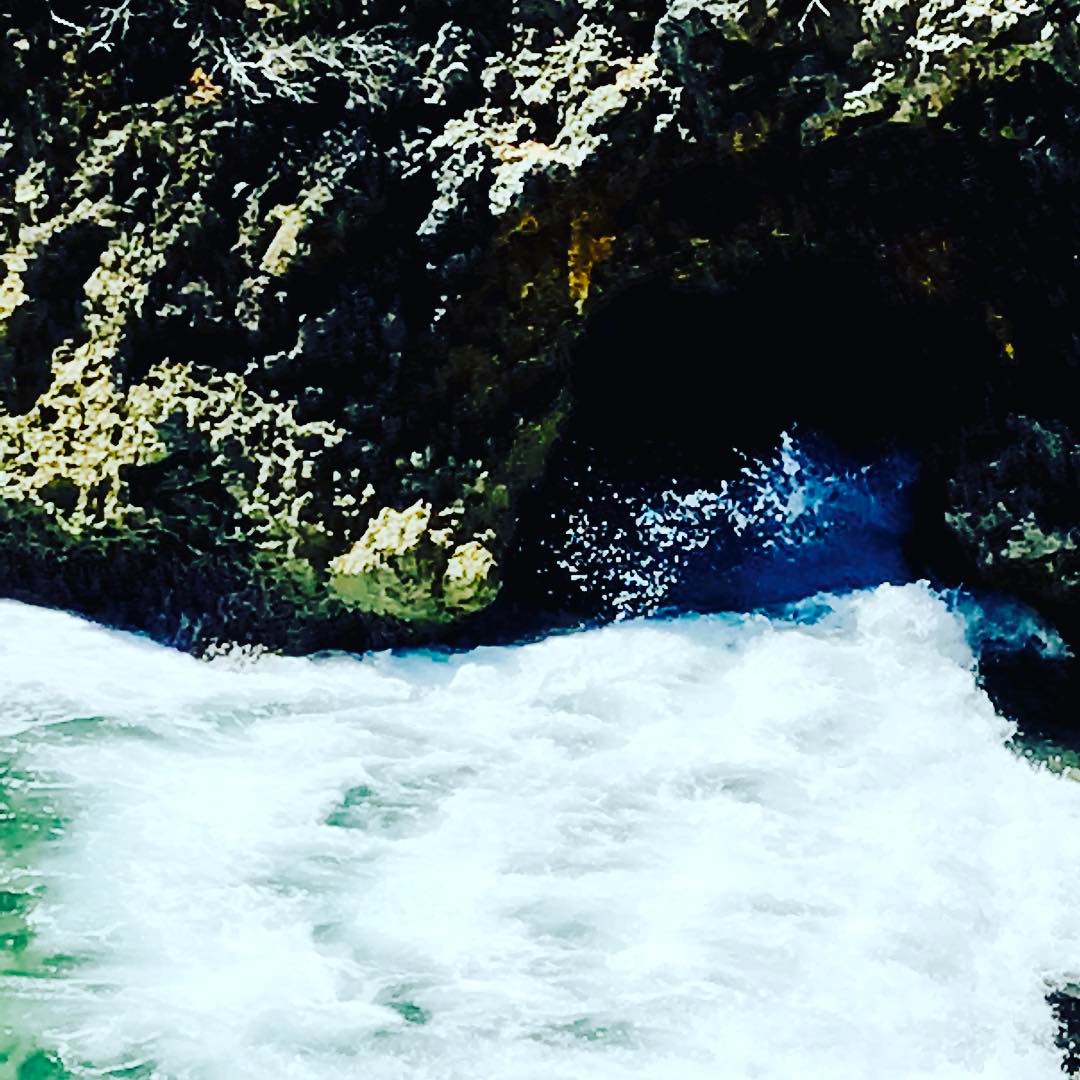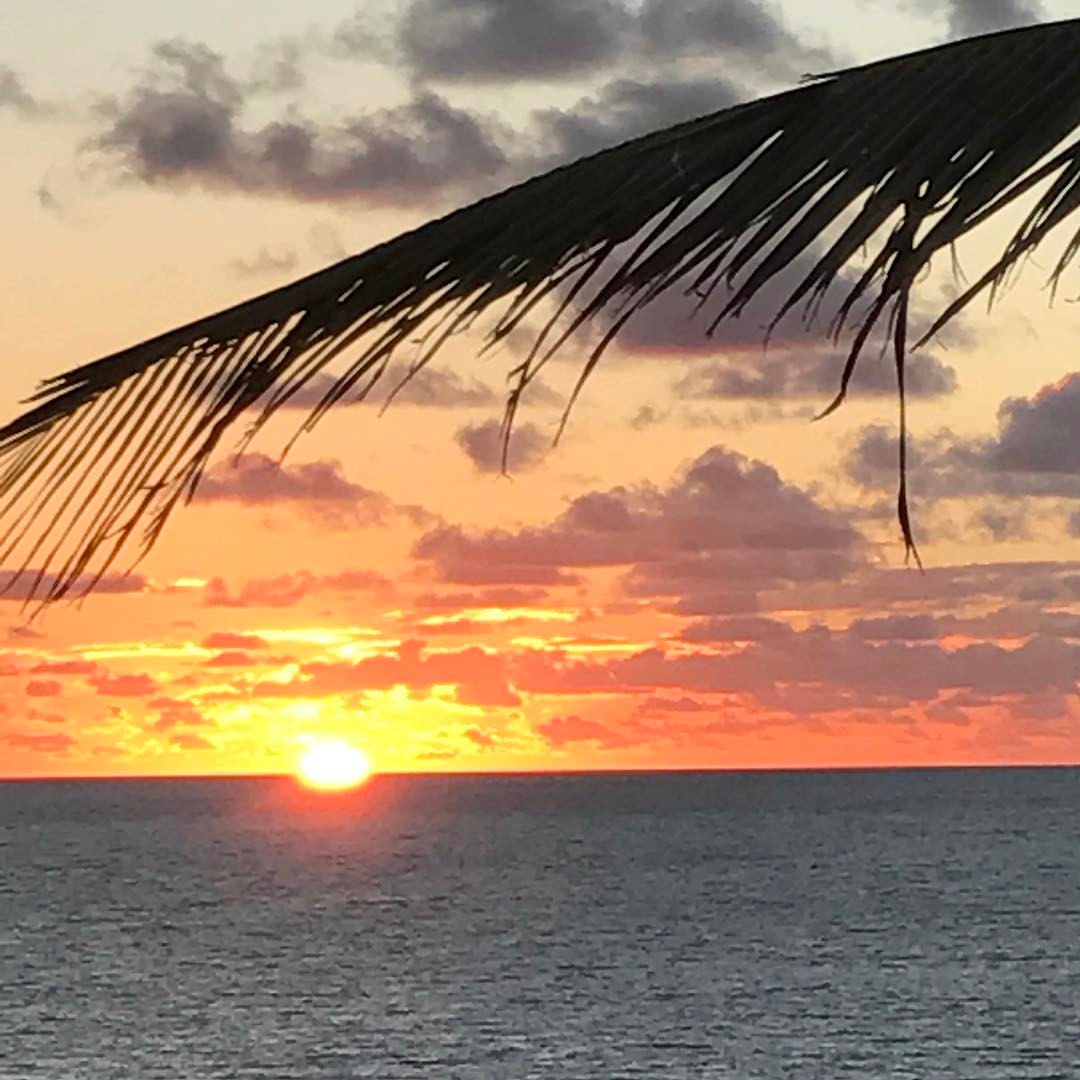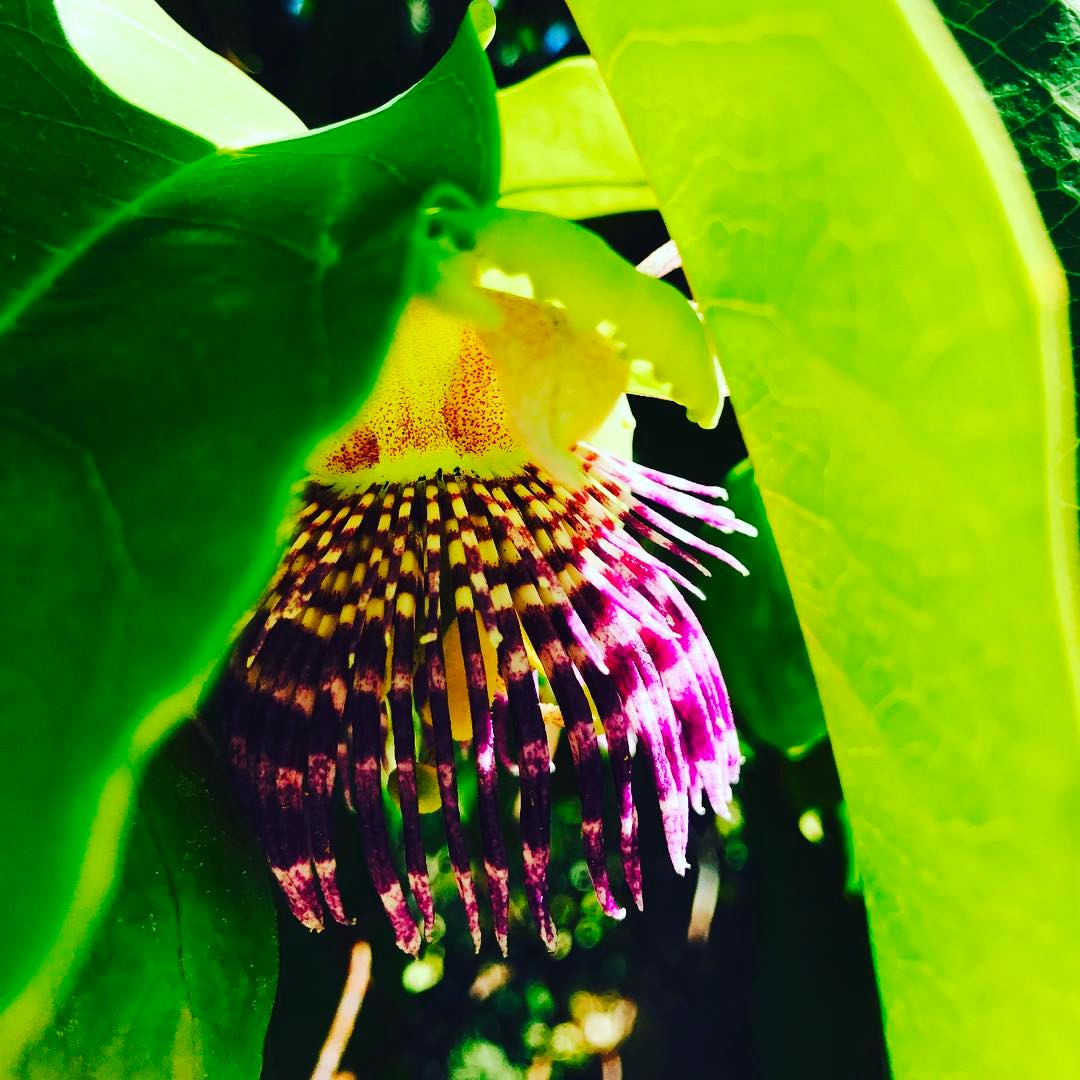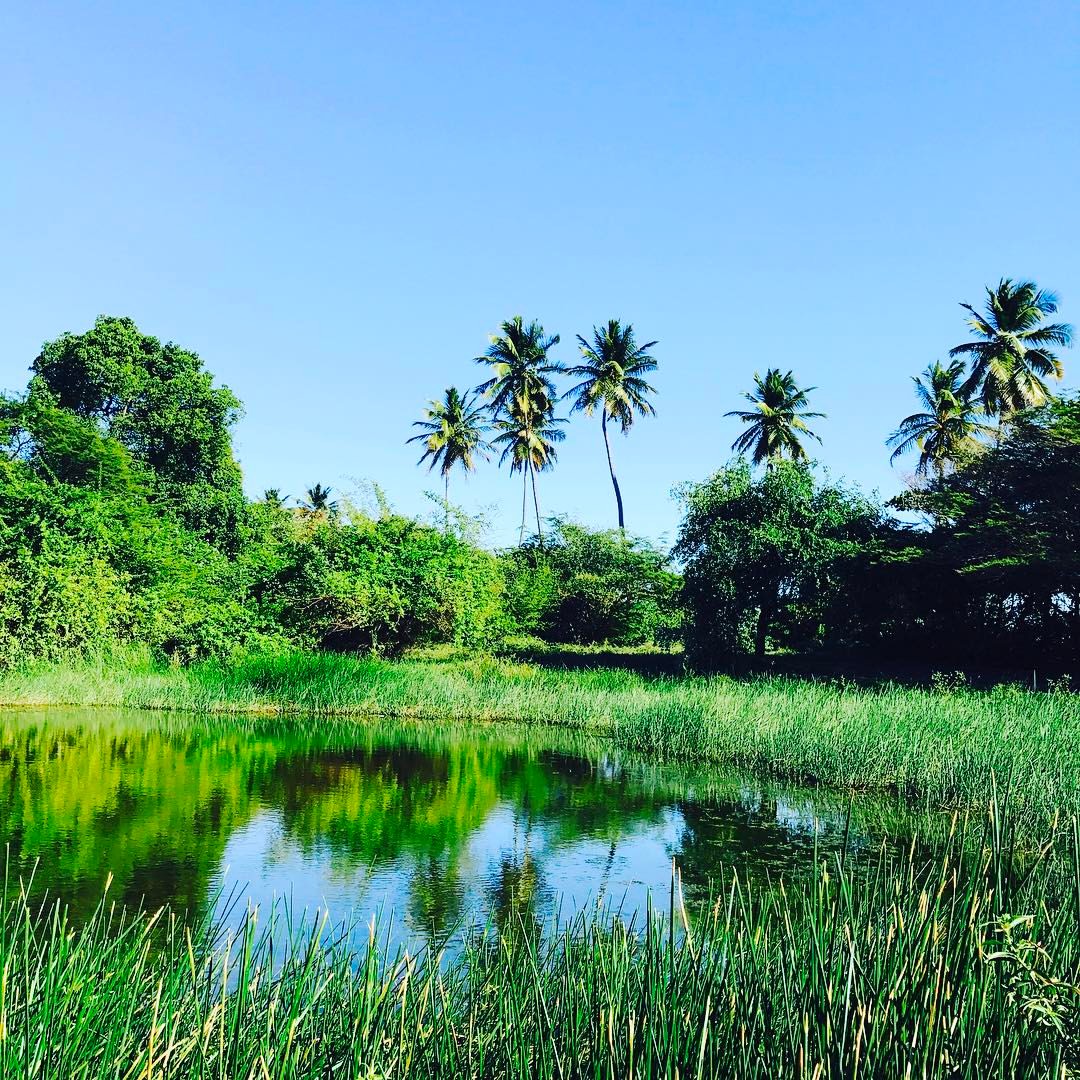#NewThisDay Writing From My Photo Stream
Wildflower blooming along the cliff walk
How can it be that I have made this same daily walk for many days now - and missed this arrestingly gorgeous flower blooming wild just at the start of the trail along the cliff to the lagoon? Did it just bloom today? Fortunately, in the brightest bright sunlight, I looked down and discovered it growing low to the ground.
Another fortunate treat from today's walk. As I combed the beach for sponge and conch, this Iquana ran up behind me and climbed the rock to bask in the sun.
Every picture captures a simple and sublime moment of this day, on this island.
“Iguana
Iguana (/ɪˈɡwɑːnə/,[1][2] Spanish: [iˈɣwana]) is a genus of omnivorous lizards native to tropical areas of Mexico, Central America, South America, and the Caribbean. The genus was first described in 1768 by Austrian naturalist Josephus Nicolaus Laurenti in his book Specimen Medicum, Exhibens Synopsin Reptilium Emendatam cum Experimentis circa Venena. Two species are included in the genus Iguana: the green iguana, which is widespread throughout its range and a popular pet, and the Lesser Antillean iguana, which is native to the Lesser Antilles and endangered due to habitat destruction.
Iguanas can range from 5 to 6 feet (1.5 to 1.8 m) including their tail. The two species of lizard within the genus Iguana possess a dewlap, a row of spines running down their backs to their tails, and a tiny “third eye” on their heads. This light-sensing organ is known as the parietal eye, visible as a pale scale on the top of the head, and cannot make out details, just brightness. Behind their necks are small scales which resemble spokes, known as tuberculate scales. These scales may be a variety of colors and are not always visible from close distances. They have a large round scale on their cheeks known as a subtympanic shield.[4]
Iguanas have keen vision and can see shapes, shadows, colors, and movement at long distances. Their visual acuity enables them to navigate through crowded forests and to locate food. They employ visual signals to communicate with other members of the same species.[4]
The tympanum, the iguana’s eardrum, is located above the subtympanic shield (or “earshield”) behind each eye. Iguanas are often hard to spot, as they tend to blend into their surroundings and their coloration enable them to hide from larger predators.[4]”
All photos and text copyright Kelly DuMar 2017






